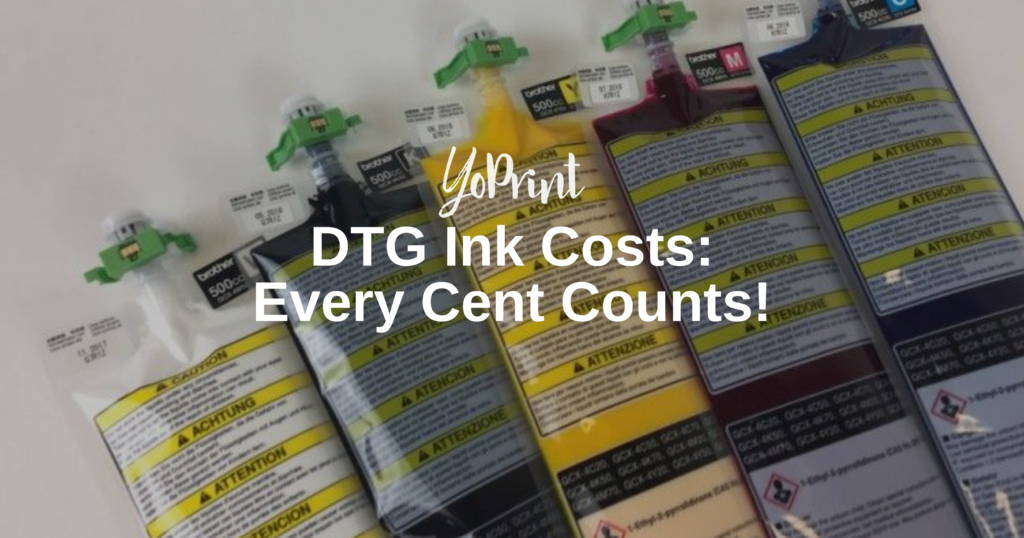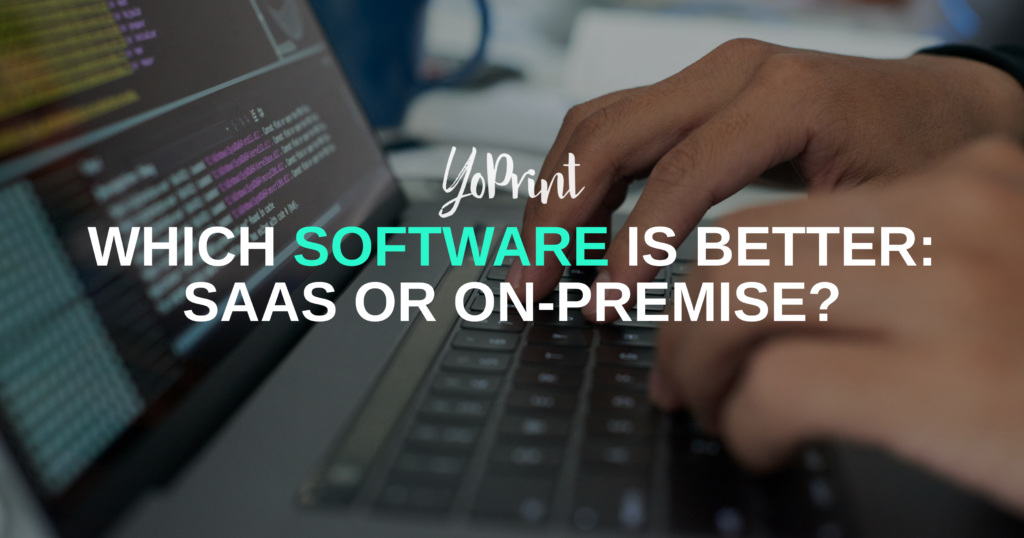- Overall household spending has seen declines in many categories, indicating softening customer spending and demand
- Major apparel brands see mixed results, with poor sales in activewear but substantial performance with beachwear
- Recession fears persist, with some analysts warning that it’s still on track for late 2023
In our previous article, we noted that consumer spending remained on a fairly positive trend in April, but we caution that it can change as prices for goods and services continue to rise, forcing consumers to be more frugal. In this article, we’ll be taking a closer look at the distribution of consumer spending and whether this softening is affecting you and other businesses in the decorative apparel industry.
Where Are Consumers Spending Their Money?
According to data from the Bank of America, overall spending per household dropped 1.2 percent year-over-year in April. However, card spending at value grocery stores went up 6.9 percent year-over-year in April, “outpacing overall grocery spending,” which was up 2.5 percent year-over-year in April. As a whole, plenty of categories have seen substantial declines in April.
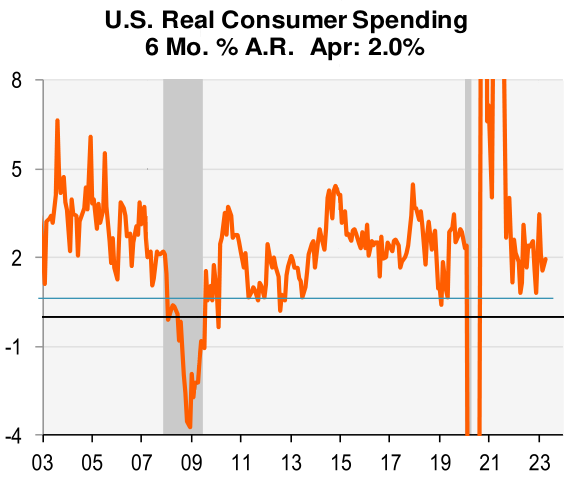
A significant portion of grocery spending came from lower-income households (accounting for a 4.1 percent year-over-year increase in April) compared to middle- and higher-income ones. Nevertheless, the increase in value grocery spending seems to indicate that even middle- and higher-income households are “trading down” by purchasing “value or generic brands and products” as a way to save on overall expenses.
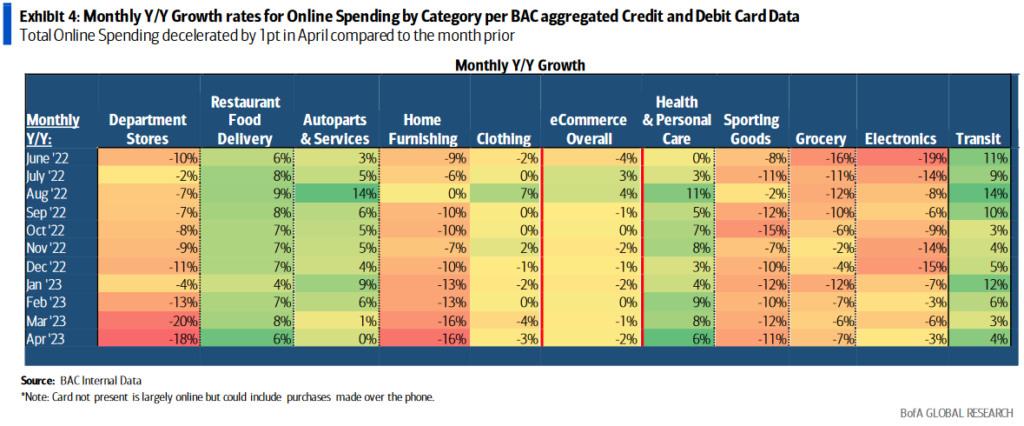
Home improvement, furnishings, and bedding spending trends were also weak. Home improvement declined 8.2 percent year-over-year from March’s 10.3 percent, while both “furnishings and bedding spending trends” declined slightly from March’s figure (-18.4 percent vs. March’s -18.6 percent).
The US Census Bureau indicates that almost “38.5 percent of American homes faced difficulty paying for usual home expenses between April 26 and May 8,” partly reflected in high credit card and loan delinquencies. In fact, household debt balances hit a new all-time high at $17.05 trillion in the first quarter alone, a $148 billion increase from the previous year’s final quarter.
It’s no wonder Americans are starting to save up; waning consumer confidence reinforces this notion. Even as disposable income increased year-over-year, it remains below trend while general expenses continued to climb.
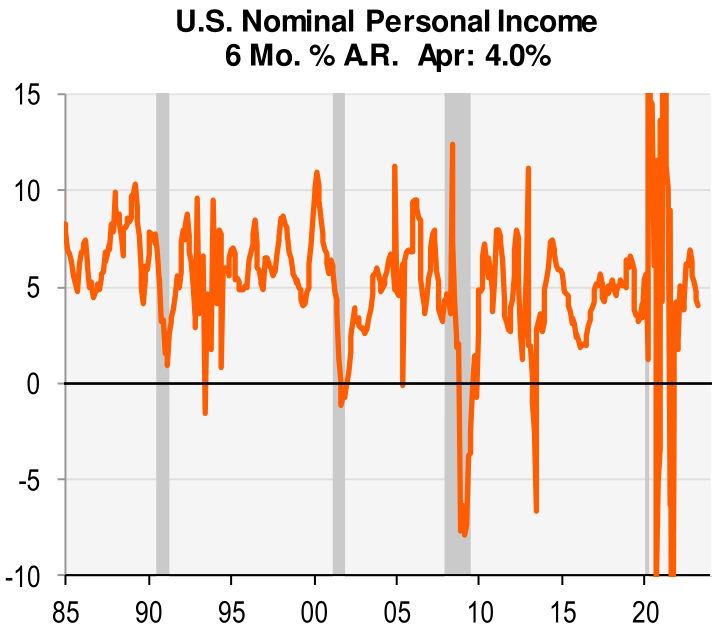
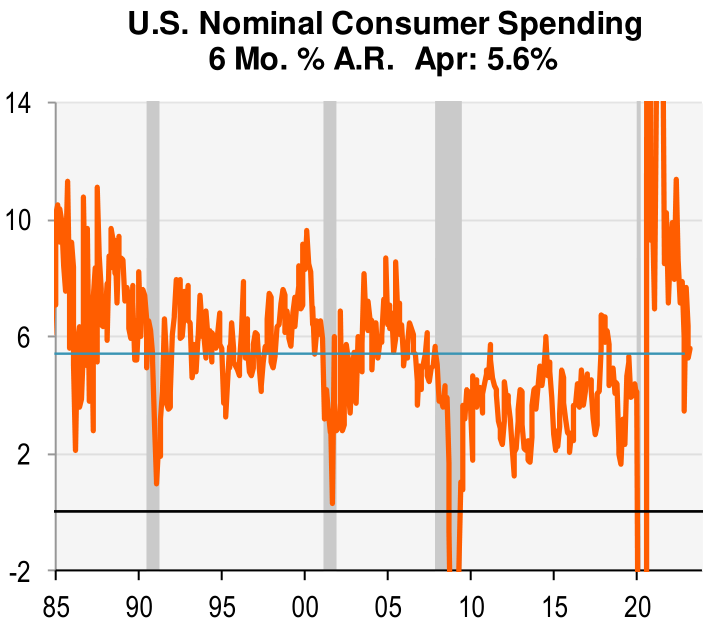
As higher-income households have started to “trade down” on purchases, companies have noted the “price sensitivity” felt by consumers and are looking to readjust their strategies. For example, Walmart aims to “reduce prices on products from packaged foods to household goods, potentially limiting the ability of companies like Kraft Heinz, General Mills to raise prices.”
What About Apparel?
Onto a topic that’s closer to home, clothing has seen mixed outcomes in terms of sales. Online clothing shopping was one area that saw “year-over-year spending growth accelerating” for most of April. As a whole, however, clothing spending did decline 4.5 percent year-over-year in April, compared to a 13.6 percent growth back in 2019. This is “consistent with March’s -4.5% decline,” writes the Bank of America.
Within this category, discount apparel spending declined 1.9 percent year-over-year in April, whereas athletic apparel and footwear declined 2.4 percent year-over-year in that same period. The latter category did see accelerated year-over-year spending from the previous month, but it still “remains negative.”
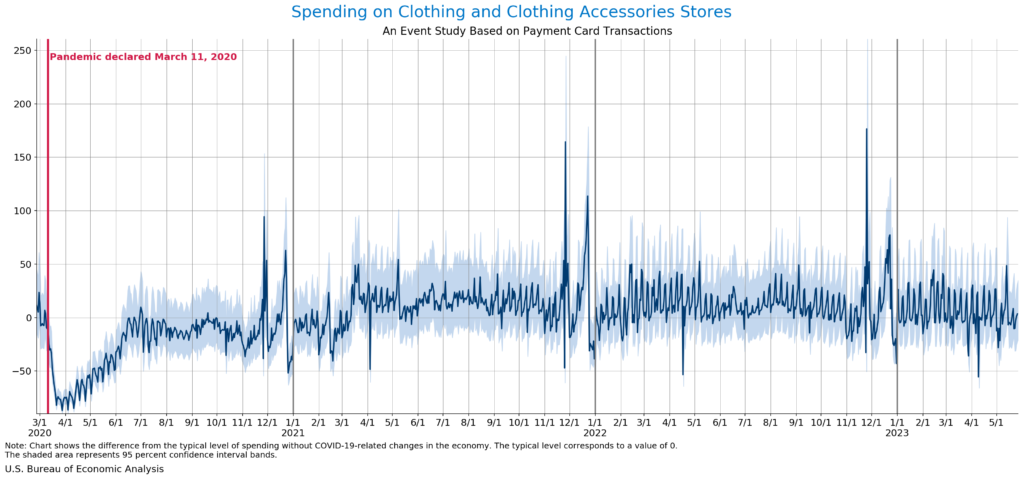
The earnings calls of several apparel companies seem to indicate that the softness in consumer spending is happening, but it’s not a widespread slump. Delta Apparel reported “continued softness in Delta Direct’s retail license and regional screen printing channels” but nonetheless saw some small victories. For one, its Salt Life apparel brand (including beachwear) enjoyed “growing popularity” domestically and internationally. Delta’s DTG2Go printing and fulfillment facility also enjoyed record sales with “year-over-year growth of 18 percent,” including “nearly 20 percent topline expansion over the prior year.”
Meanwhile, Kornit’s first-quarter revenues reached $47.8 million due to “meaningfully lower system revenues.” They are acutely aware of the fact they aren’t at the “same elevated levels experienced during the pandemic” but remain confident that “growth [will eventually] resume in the customized design category as overall macro conditions stabilize.” If anything, Kornit remains optimistic about the future direction of custom decorative apparel.
“[W]hile capacity utilization in the customized design market is still not optimal, we believe we have just scratched the surface of the immense opportunities unfolding within large social, digital, entertainment, and online content platform (sic) seeking to embrace and monetize the power of on-demand digital production by making it easily accessible from within their platforms to the massive global communities of users creators, artists, merchants, and friends.”
Kornit
Other major apparel brands are also experiencing similar scenarios: waning first-quarter performance compared to the previous year’s, a more challenging sales environment for the rest of the year, and softening in activewear demand in recent times (a trend that’s been occurring as early as March this year).
There is a heightened awareness within apparel companies that outcomes will likely remain slow for the rest of the year or until the economic situation improves. This slowdown affects everyone, so it may be a good idea to continue strengthening your shop’s core services and leverage that to your advantage.
A Decline in Activewear
Speaking of activewear, Gildan’s first-quarter sales saw an “11.9 percent decline in activewear sales.” Gildan primarily sells its activewear as blanks to wholesalers and print shops, with equally poor demand for custom activewear from these print shops’ customers. The sportswear retailer Footlocker also anticipates a decline between 6.5 to 8 percent in its overall sales; they will likely “increase discounts to boost demand and clear [out excess] inventory.”
Under Armor and Hanesbrand’s Champion activewear line also experienced slow sales due to weakening consumer demand. They expect activewear sales to drop significantly in the year’s second quarter.
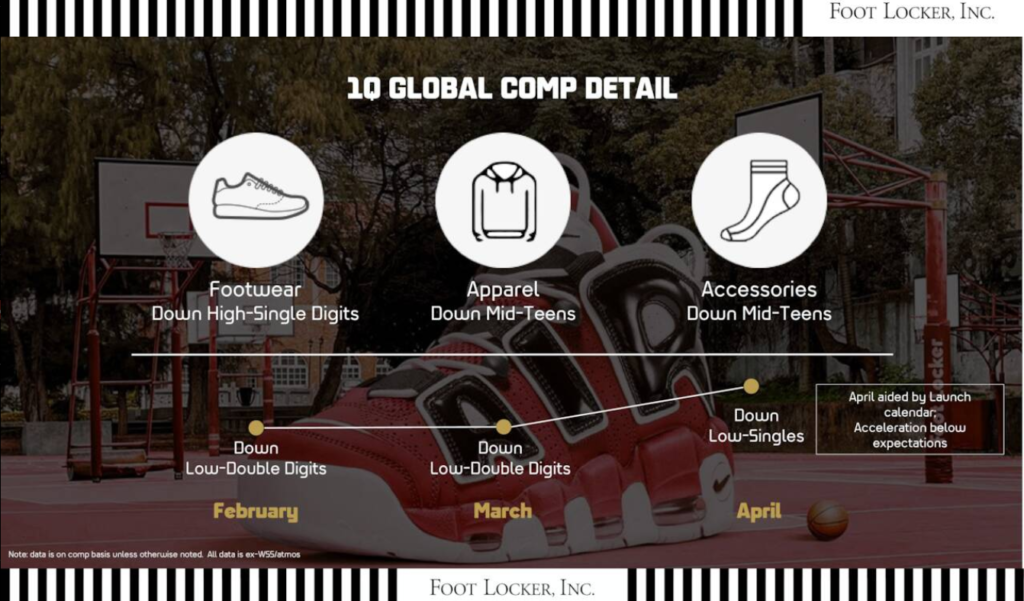
“The percentage of sales in the [activewear] channels has been soft, and that tracks with inventory in general, and that’s really just driven by the broader consumer environment. So it’s a very competitive space… [and] there are a lot of big players.”
Hanesbrands
Despite going into summer, the poor sales trends of activewear only highlight the current economic landscape of the US and how clothing brands are wary of the current consumer softening.
Meanwhile, economic activity in manufacturing saw another contraction for the sixth straight month, falling 0.2 percentage points from 47.1 in April to 46.9 in May. Areas that saw some measure of growth in April included Printing & Related Support Activities, Apparel, Leather & Allied Products. It does indicate that things aren’t currently in a slump, but given how the industries that saw growth in April have since reported a contraction in May, the signs only further cement the odd situation we’re in today.
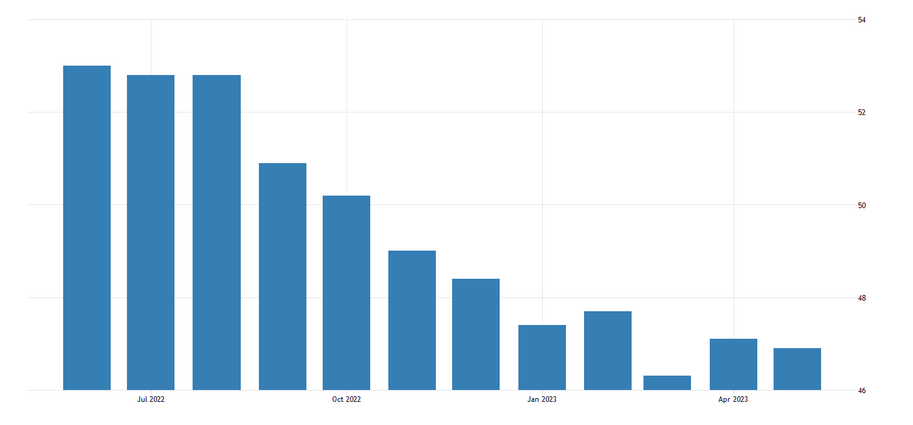
Taking Advantage of Trends
That’s not to say it’s all bad news regarding custom apparel. For one, beachwear is seeing positive sales, especially considering Delta’s Salt Life brand is doing well for itself. We’d suggest prioritizing beachwear over activewear; for the latter, consider taking a just-in-time supply approach: only maintain a small inventory of activewear when you know there’s some demand for it. No need to stock up heavily and focus on other niches that are growing in popularity.
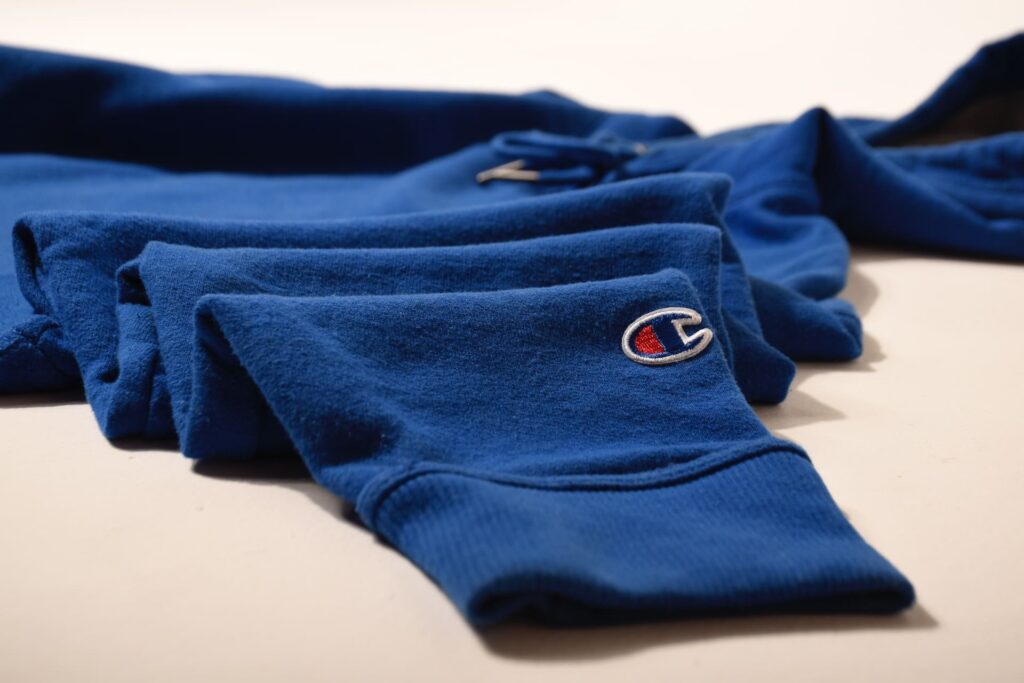
It might be a good time to capitalize on these trends, especially as cotton and various manufacturing inputs are decreasing in price. Depending on your suppliers, you might notice the price of blanks reaches a slightly more affordable price range, which is good news for your profit margins.
We’ve also previously highlighted how Gildan predicted increased demand for fleece products. They’ve since reported that fleece sales have been quite positive, but distributors are still careful to buy fleece as they want to make sure they’re buying only what they need. They seem keen to ship out a lot of fleece as they anticipate growing demand, so you might want to consider printing on fleece products to capitalize on this trend.
Meanwhile, Gildan notes, “[o]verall furnishings and bedding spending trends were soft in April.” It’s a similarly soft blanket market, so stay away from these for now. We’d also refrain from buying new equipment, particularly for DTG printing, as raising capital these days is difficult due to phenomenally high interest rates. Despite the aforementioned success of DTG2Go, it’s best to consider affordable options like DTF printers and equipment, as their overall entry cost is still lower than DTG’s while still giving you options for mass personalization.
As travel, entertainment, leisure, and various other experiences still enjoy strong consumer spending, you’d do well to find opportunities to print merchandise for these areas. For example, consider taking orders from bands or other performing artists looking to sell custom concert shirts to their fans.
Back-to-school season is also coming soon, which means a chance to work with various retailers/brands who aim to host back-to-school campaigns in August. Will you also be able to capitalize on this front? Now’s a good time to really think this through.
Is the Recession Delayed… Again?
Other economic signs are still mixed, as they have been for the past few months. Nonfarm payrolls increased by 339,000 in May, but the unemployment rate also went up to 3.7 percent from the previous record low of 3.4 percent. Wage growth “moderated” in May, a relatively good sign as the Federal Reserve continues attempting to lower inflation to its 2 percent target. Inflation will still remain sticky, however.
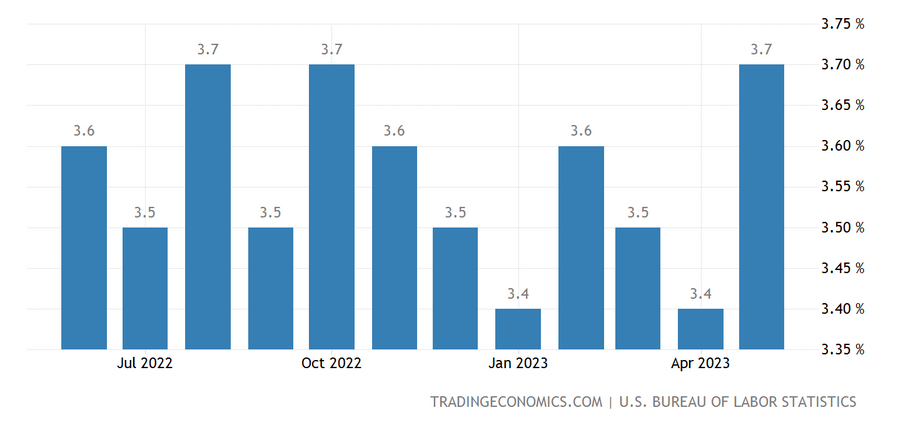
At the very least, it’s not all doom and gloom for the foreseeable future. But what we’ve been seeing over these last few months only exacerbates the fact that anything goes, and no one knows what will happen in time. At one point, analysts were worried that the failure of Silicon Valley Bank, Signature Bank, and the all-too-recent First Republic Bank would spell trouble for everyone – but the aftermath has been less than worrying, to say the least.
And let’s not forget the warning bells being tolled on a near-constant basis that a recession is looming soon. Granted, a recession is impending, but it won’t be as soon as you might think. Even though the unemployment rate increased a fraction, the job market remains relatively stable despite some softening here and there. Covid-hit sectors have seen slowing hiring growth as productivity improves, particularly among hotels and restaurants, as well as with manufacturing jobs that have stalled “over the past 6 months.”
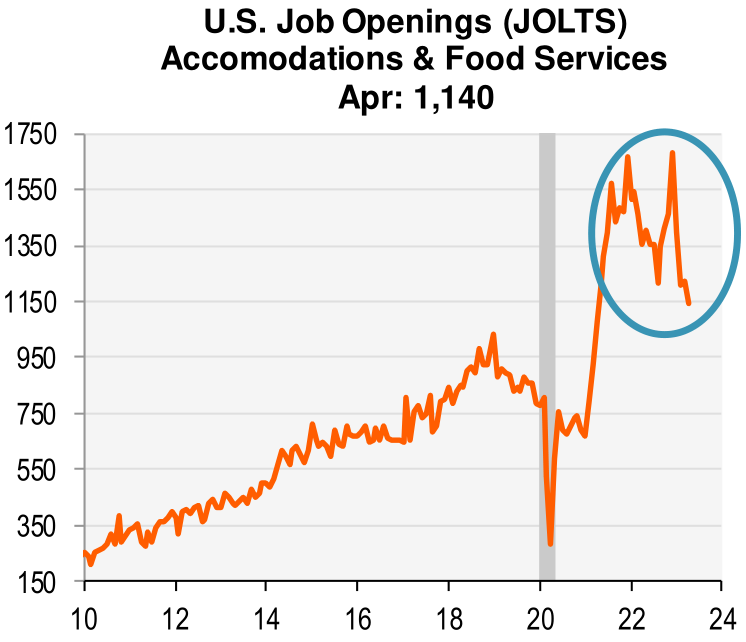
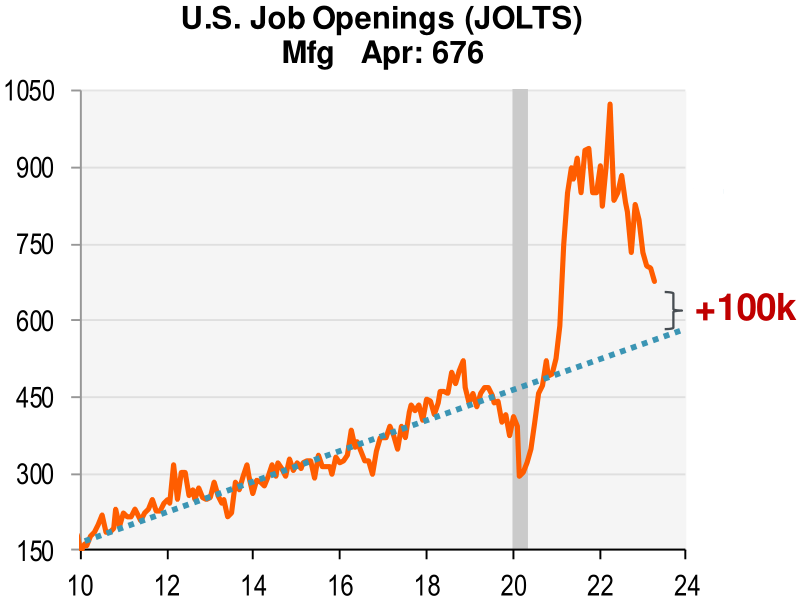
These remain to be confusing times, however. Rising interest rates are still taking a toll on overall consumer spending as it begins to slow, while loan delinquency rates are also increasing. Deutsche Bank is adamant with its findings that a recession is still in the cards, especially in the face of further interest rate hikes and fears of further bank failures.
“The problem with predicting recessions is that model-based forecasts rarely predict them in advance… On the rare occasions where recessions are predicted, mild downturns tend to be the worst that models can generate. So if we do get a hard landing, don’t expect models to predict it in advance.”
Deutsche Bank
For now, the best course of action is to stick to our advice from our previous articles: maintain positive cash flow at all times, be prudent with financial decisions, avoid making big investments in new equipment, and be on the lookout for opportunities that might arise.

